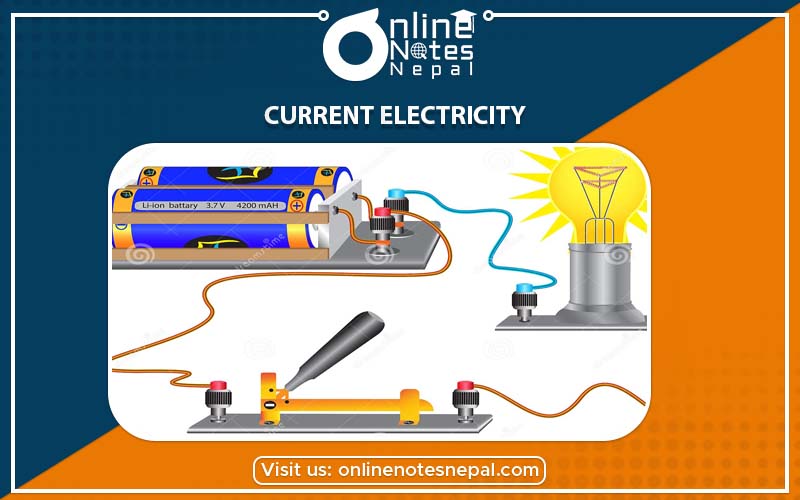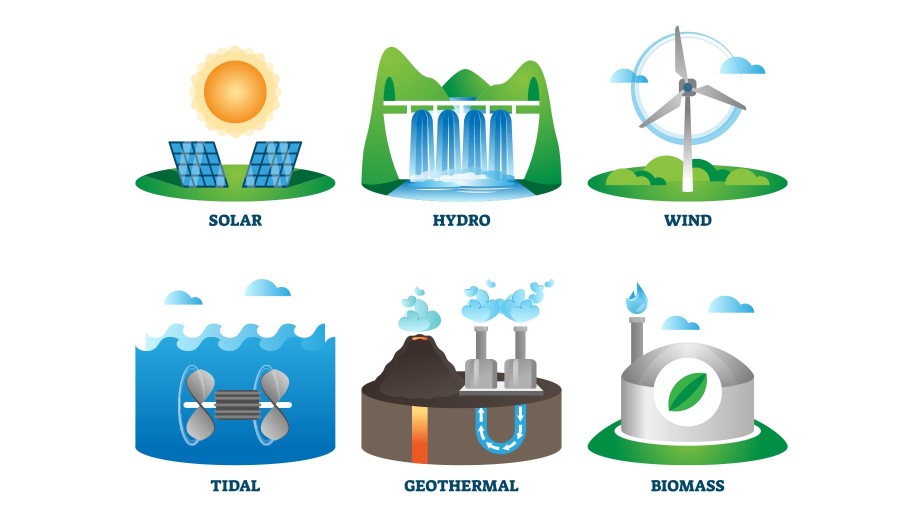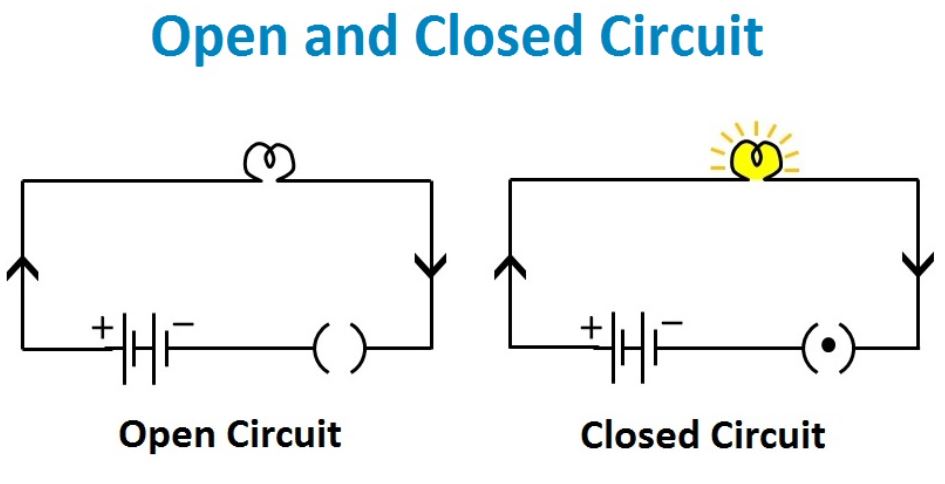Published by: BhumiRaj Timalsina
Published date: 25 Jan 2022

Every material is made up of an atom and every atom is made up of two types of charged particles. They are protons and electrons. Protons are positively charged and electrons are negatively charged. Different metals like copper, iron, aluminium etc consist of a large number of free electrons. When this free electron flows continuously in a certain direction, electric current is produced. Therefore, current electricity is the continuous flow of electrons. Current electricity is a form of energy. It is used for various purpose. It can be easily converted into heat energy, light energy, sound energy, magnetic energy, etc.

Electricity has become one of the important part of human life. It is very difficult to live without electricity. We use various types of electrical appliances such as computer, television, radio, mobile, refrigerator, calculator, watch etc. These appliances make our life easier and comfortable to live. To run all these appliances, we need electrical energy. Electrical energy is also very important to run various industries, factories, transportation systems and many other important things. The devices from which we obtain electricity are called sources of electricity. The three major sources of electricity areas follow,
An electric circuit is a path through which an electron from current source or voltage flows. It is also the path made by connecting a cell, a conducting wire and a bulb. There are various things that are required for making an electric circuit which are discussed below,
An open circuit is a type of circuit in which the switch is made 'OFF' and the bulb does not glow. During this condition, the current cannot flow through the wire. So, the load cannot function when the circuit is opened. Talking about the close circuit, it a type of circuit in which the switch is made 'ON'. In a closed circuit, the bulb glows as the current flows through the circuit continuously.

While drawing circuit diagrams, we cannot draw all the components used in electric circuit. It is very difficult and takes lots of time to draw the various components like battery, wire, voltmeter,galvanometer etc. So, to save time and for easy, various symbols representing various components used in electric circuit are used. Some of the symbols that are used moslty in an electric circuit are given below,
| S.No. | Components | Symbols | Function |
| 1. | Cell | Source of electric current | |
| 2. | Bulb | To produce light | |
| 3. | Wire | To make conducting path | |
| 4. | Load or Resistance | To convert electrical energy into other forms of energy like heat and light | |
| 5. | Galvanometer | To detect the current | |
| 6. | Switch | To put the current on or off in the circuit | |
| 7. | Battery | Source of electric current | |
| 8. | Voltmeter | To measure the voltage | |
| 9. | Ammeter | To measure the current |
Cell is also one of the sources of electricity. It produces electric current. We use cell for various purpose. Sometimes we need low voltage and sometimes we need high voltage. To have different voltage, we should connect the cells in different ways. Mainly there are two ways of combination of the cells which are discussed below,